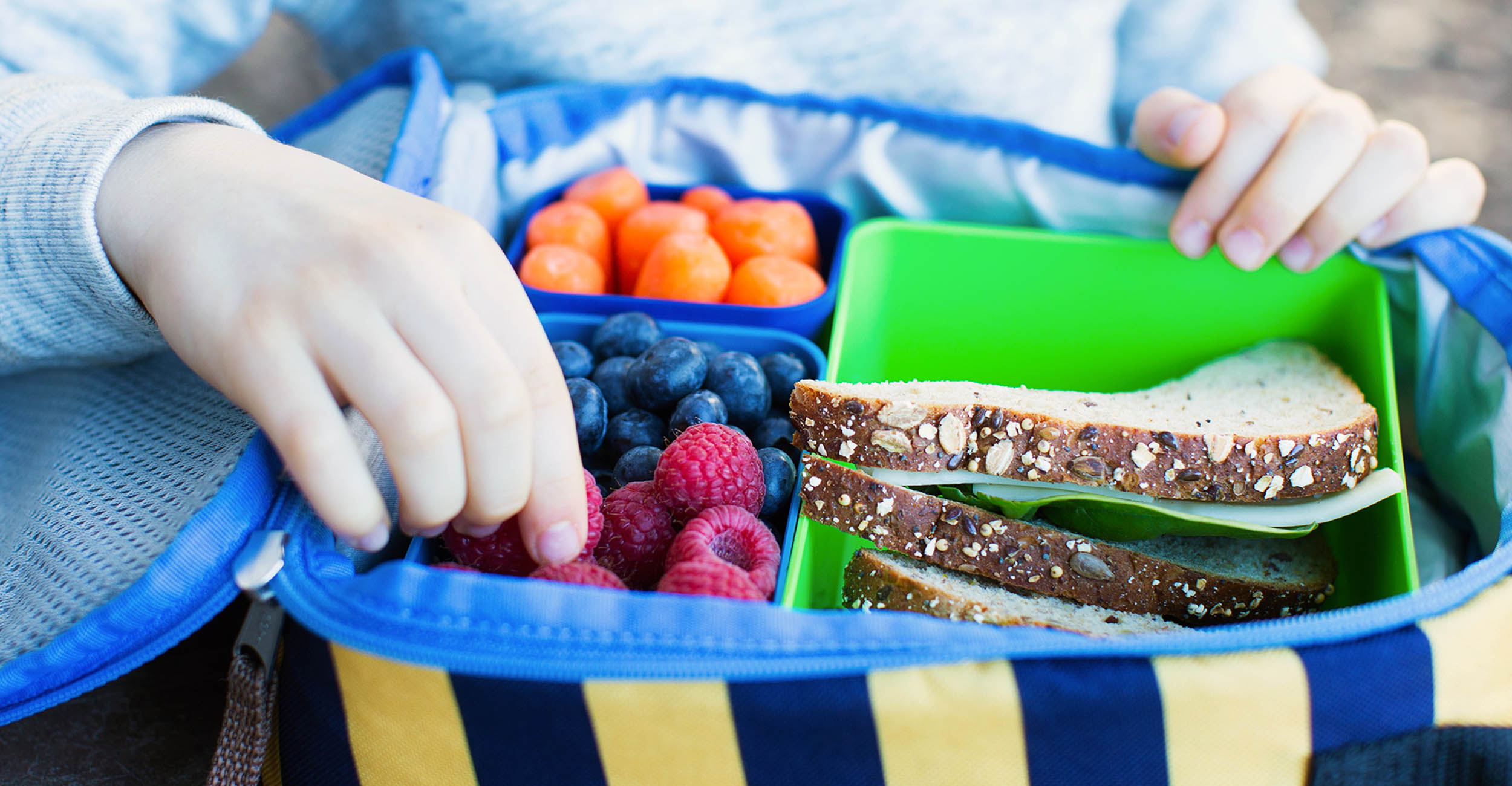
Back to school: lunch box food safety
Friday, July 30, 2021
Media Contact: Kirsten Hollansworth | Communications Graduate Student | 405-744-0442 | kirsten.hollansworth@okstate.edu
Back to school is an exciting time filled with new school supplies, including a new lunch box. But a good lunch can easily go bad if not properly packed.
Without proper storage, perishable food is at risk for harmful bacteria after two hours, said Ravi Jadeja, food safety specialist for Oklahoma State University’s Robert M. Kerr Food and Agricultural Products Center.
“Bacteria that can cause foodborne illness, or food poisoning, grows rapidly at temperatures between 40 to 140 degrees Fahrenheit,” Jadeja said. “These microorganisms can multiply to dangerous levels in just two hours, but packed lunches and snacks can be kept safe by following the USDA’s four steps to food safety: clean, separate, cook and chill.”
By following these FAPC recommended guidelines, children can have a safe and healthy school year.
Foods need to be cooked to a certain temperature to kill bacteria, but they also need to be properly stored to make sure bacteria doesn’t grow between the time you prepare food and when lunch time arrives.
Parents and caregivers can unintentionally decrease the safety of a packed lunch, whether it’s for an adult or child, when starting with the wrong food, said Barbara Brown, food specialist with the OSU Cooperative Extension and associate professor in the department of nutritional sciences.
“If they [consumers] pack food that needs to be kept cold but are not able to do so, harmful bacteria will increase to a potential case of foodborne illness by lunch,” Brown said. “Higher-risk foods should not be used in a lunch that will sit at room temperature for more than a couple hours.”
High-risk foods include meat, poultry, seafood, eggs, tofu, dairy products (milk, cheese and yogurt), opened canned-fruit, cooked fruits and vegetables, cut/peeled fresh fruits and vegetables, pasta and rice.
Safe foods to pack for room temperature storage include peanut butter sandwiches (depending on school policy regarding nuts/peanuts); popcorn; bread; crackers; bagels; fresh fruit that is unpeeled and uncut; unopened single-serving containers of fruit, fruit juice and pudding; commercially prepared meats, poultry, seafood and dried beans which can be opened and eaten immediately; dried fruits; nuts; cookies; cereal bars and granola bars.
“When packing foods that need to be refrigerated when a refrigerator is not available, chill those foods before they are added to the lunch box and include an ice pack, freezer gel pack or frozen water or juice in a leakproof plastic freezer bottle or container,” Brown said. “Leave space at the top when you fill the container for expansion when freezing happens.”
To maintain the cold temperature until lunch time, keep at least two cold sources in the insulated lunch bag. By strategically packing the lunch, place the most perishable food closest to the cold sources.
Freezer ice packs and frozen water bottles will keep the food safely cold at less than 40 degrees Fahrenheit. Developing a routine to return the ice packs to the freezer is crucial, therefore they will be ready for packing a lunch the next day.
When packing hot items, use an insulated container to keep the food hot. To heat the empty container before packing hot food, carefully fill the container with boiling water. If the container is left closed until lunchtime, the food will stay hot at 140 degrees Fahrenheit or above.
It’s important to use an insulated lunch bag, instead of a paper bag when packing perishable food items. To keep the insulated bag cold, consider storing the bag in the freezer overnight to ensure it is as cold as possible before packing a lunch. If the lunch is packed in advance, store the entire bag in the refrigerator until it’s time to leave for school.
Food safety isn't just about the food. The lunch bag itself can harbor dangerous bacteria if not cleaned regularly. Depending on the quality of the lunch bag, using a washing machine can eliminate unwanted bacteria.
“If a brown paper bag is the choice, it should be one purchased for sack lunches and a new one used each day,” Brown said. “If reusable containers are chosen, either hard or soft sided, they should be washed with hot water and detergent after every use. The same goes for thermoses and water bottles.”
Throwing away any trash and food scraps during lunch time will help keep the lunch bag clean from any odor or bacteria.
It’s important to prepare just the amount of perishable food that can be eaten during lunch to reduce the possibility of that food being consumed as leftovers.
“If packing a lunch for a child, teach them to throw away used food packaging perishable foods at the end of lunch,” Brown said. “If there’s a need for something to snack on later in the day, pack a non-perishable item just for that purpose.”
By packing hand sanitizer or moist towelettes with the lunch, children can thoroughly clean their hands before they enjoy their food.
FAPC, a part of OSU’s Division of Agricultural Sciences and Natural Resources, helps to discover, develop and deliver technical and business information that will stimulate and support the growth of value-added food and agricultural products and processing in Oklahoma.
